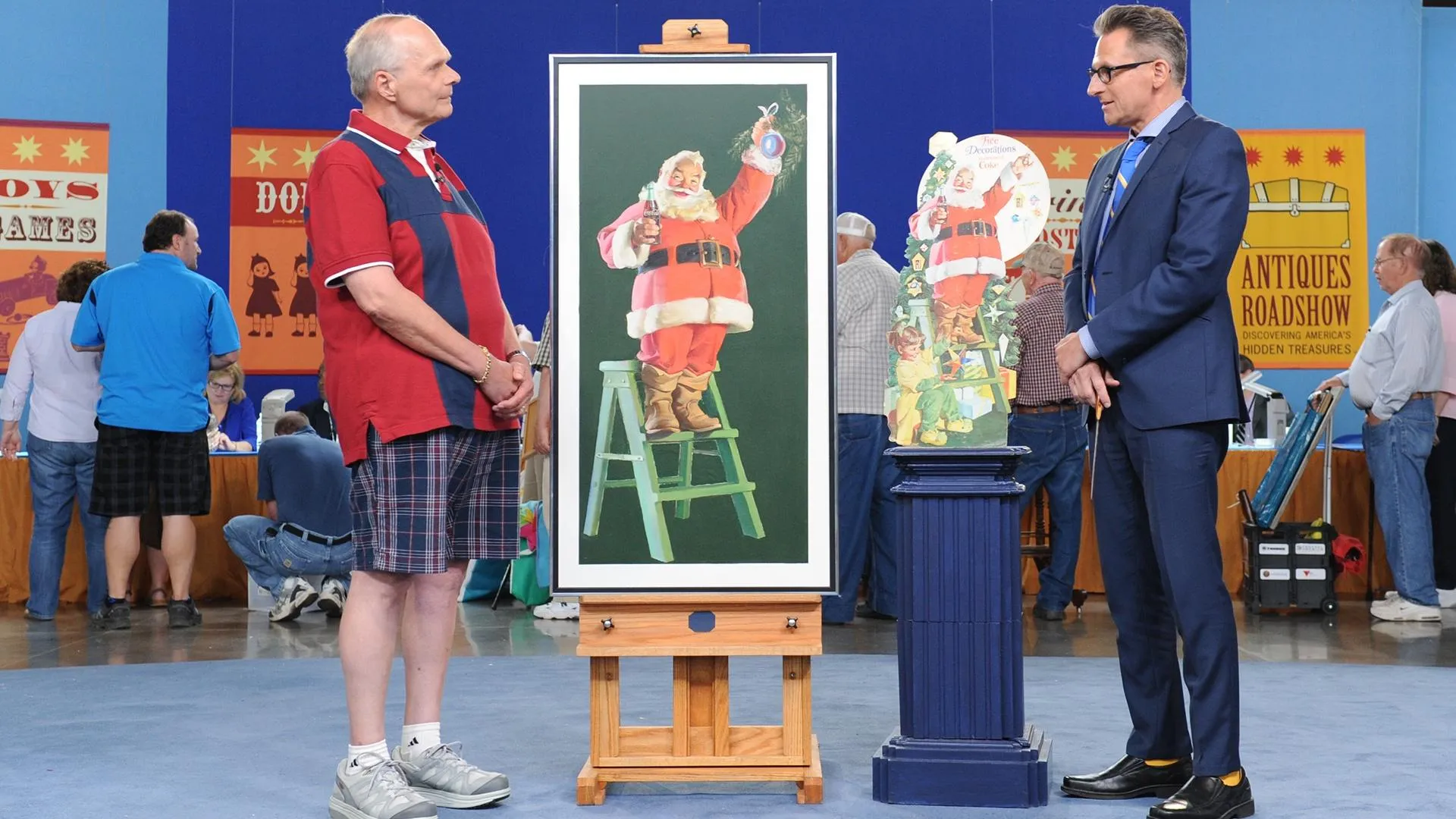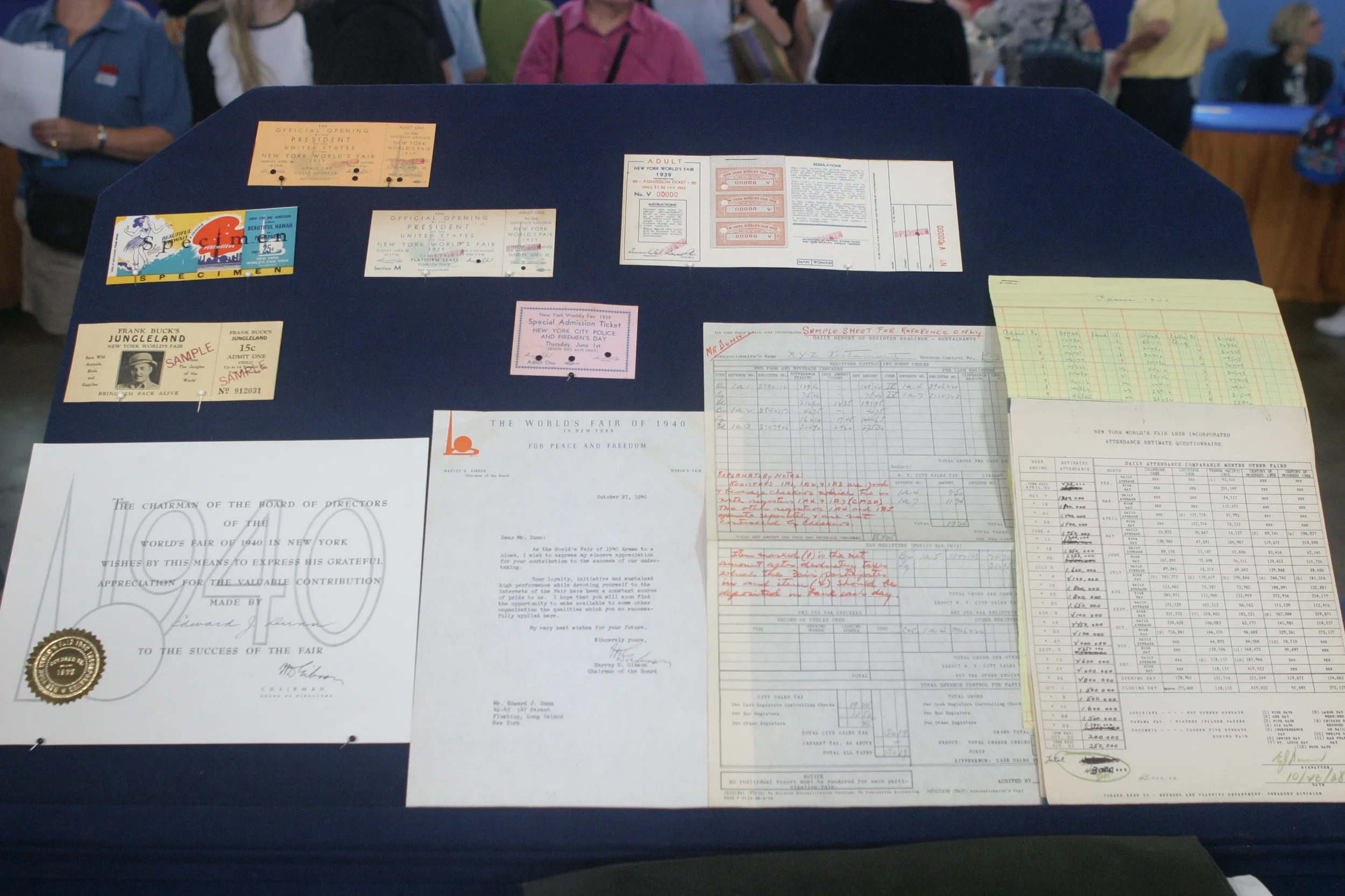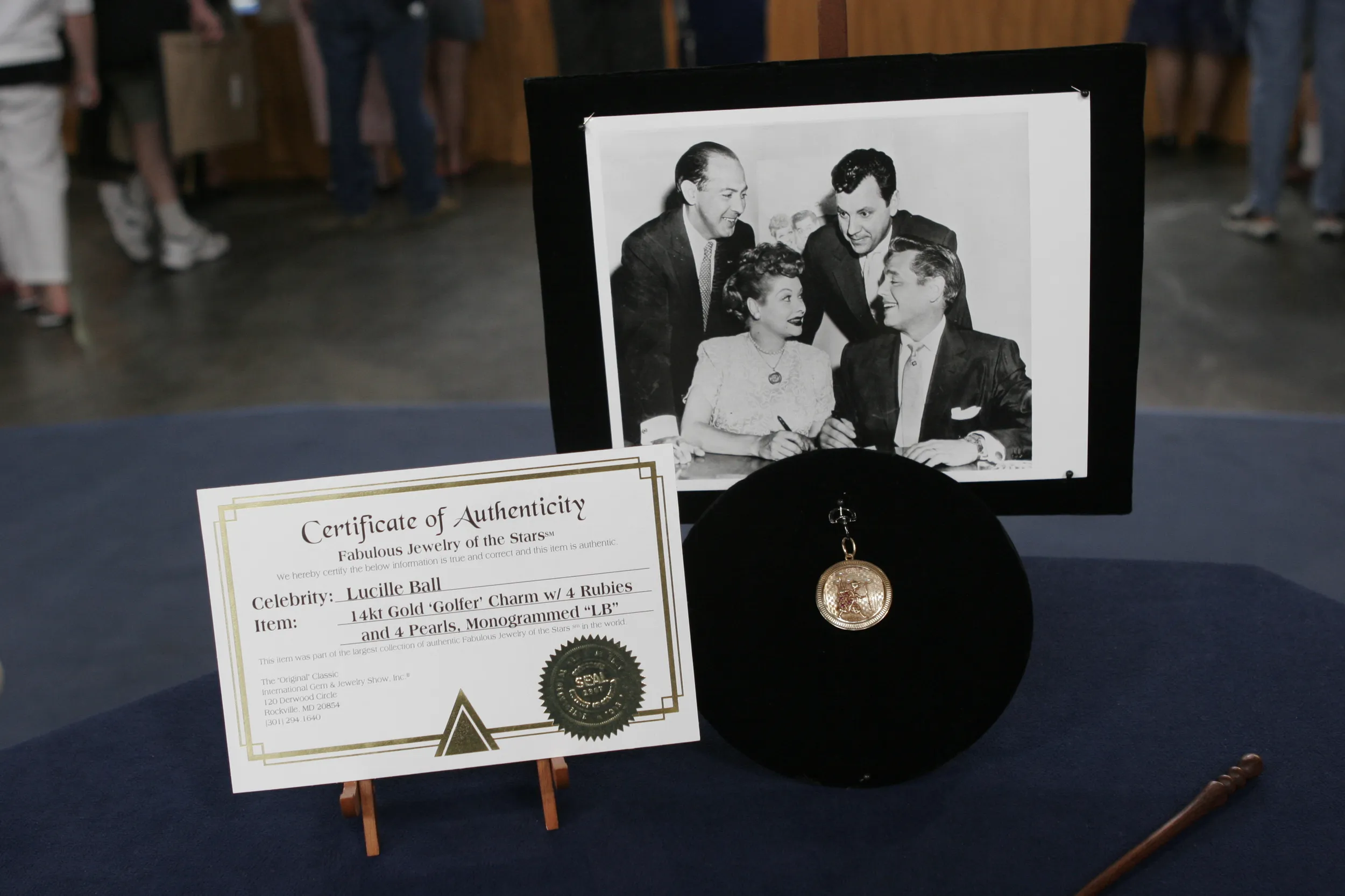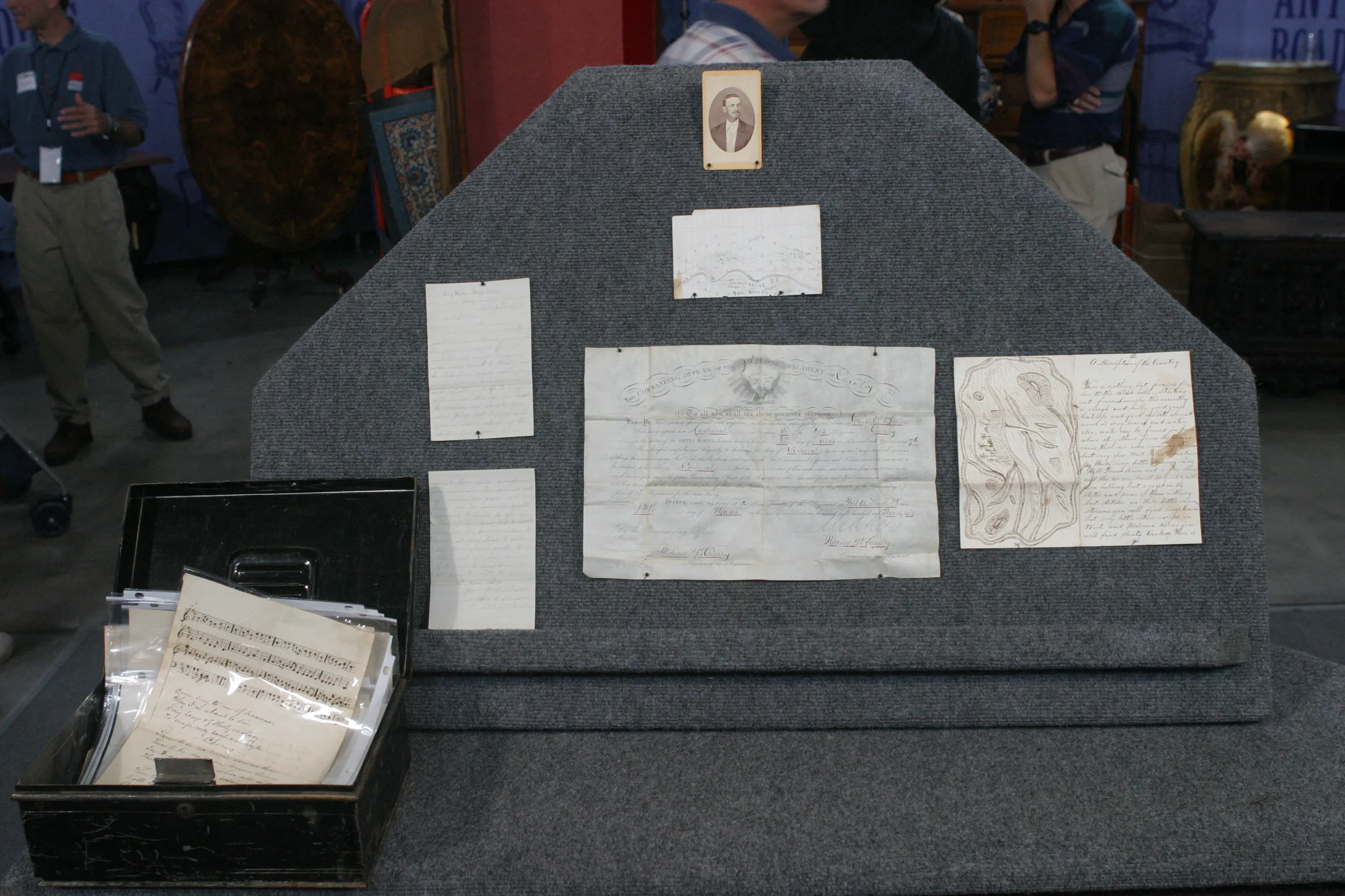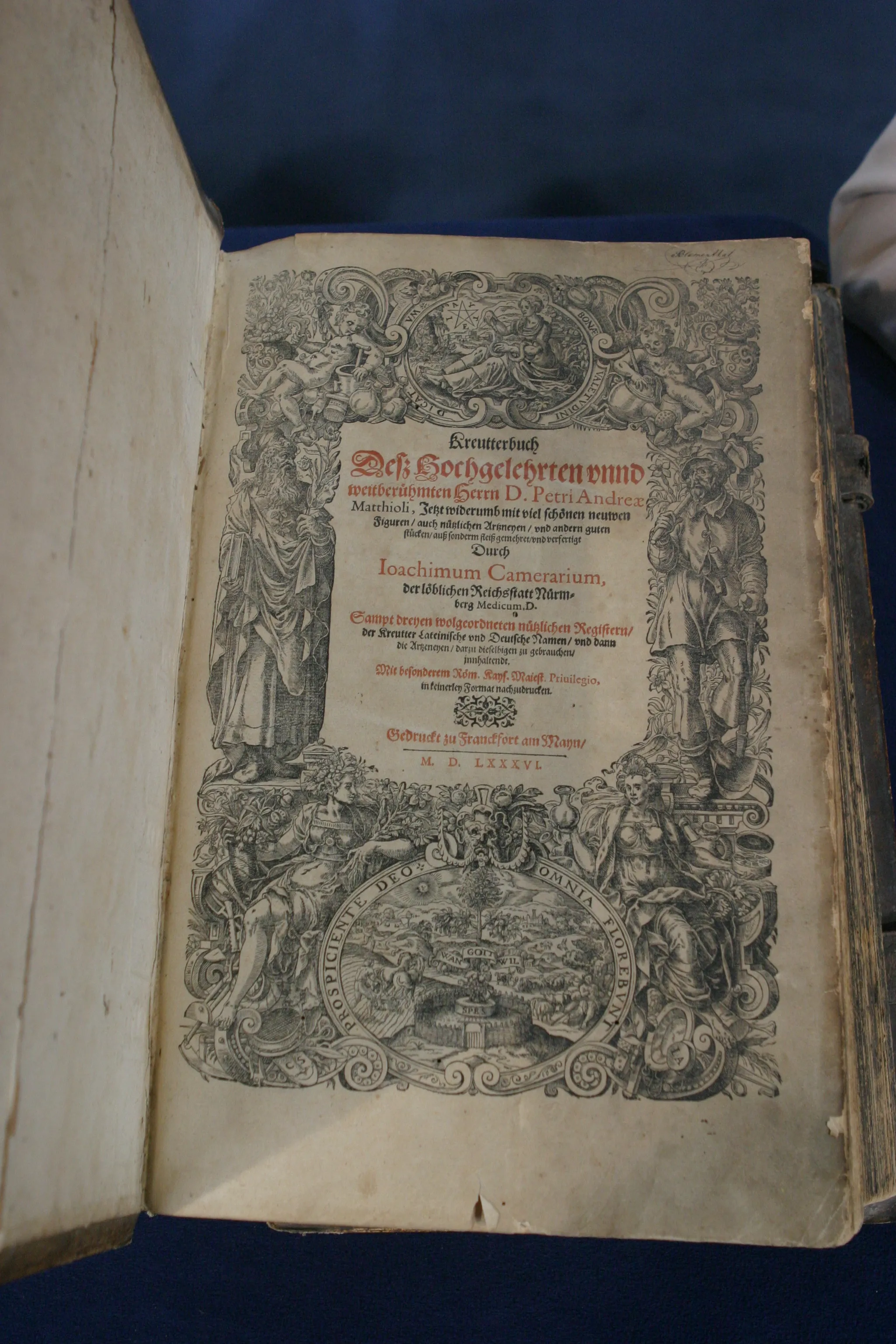GUEST: I've got a powder horn that was carved by my great-grandfather when he was a prisoner of war during the Civil War in 1864, and he was at Camp Ford, Tyler, Texas.
APPRAISER: And who did he serve with?
GUEST: He was with the Chicago Mercantile Battery out of Chicago, Illinois.
They were some tough guys. They were actually business owners from Chicago, so they call them the Mercantile Battery. During the battles, even in Vicksburg, there were Medal of Honor winners out of the Mercantile Battery.
APPRAISER: When did he carve this horn?
GUEST: He carved it in 1864 while he was a prisoner for 13 months in Tyler, Texas.
APPRAISER: Where did he get captured?
GUEST: Mansfield, Louisiana, April 8, 1864.
APPRAISER: What's cool is that this is towards the end of the era of the powder horn. The classic style of the powder horn was from about 1700 to 1800. This one is very light compared to most of them, but it makes up for it because it's beautiful. On the bottom, we have the Union eagle with the cannon, and it's just beautifully done. What did he carve it with?
GUEST: He had a pen knife, I was told, and he colored it basically with the dirt from his fingers. He would carve it and then run the dirt in with his fingers.
APPRAISER: Really? And we have his name and "Mansfield, Louisiana," which is where he was captured. This horn is exceptional. A Texas cow devoted his horn probably to this.
GUEST: Yes, I'm sure of that, but he was marched from Mansfield, Louisiana, to Tyler, Texas, in a group of I think 21 prisoners, and it's very possible he might have found this along the way.
APPRAISER: Because after the Battle of Mansfield, where they were there with General Banks, when they lost, they took almost two dozen of the guys from his regiment to the prison camp.
GUEST: Correct.
APPRAISER: And what do we have here?
GUEST: This is an article from the Peoria Star newspaper in 1866. When he was released from prison, a short time thereafter, he went in and showed it to the paper. They simply wrote this article, which is the original article from 1866.
APPRAISER: When he got home, it was a well-known horn even then.
GUEST: Yes.
APPRAISER: What I love about that is the bottom line. It says, "Thomas would not part with it for any amount of money."
GUEST: I feel exactly the same. I would never sell it. I will continue to pass it on down through the generations to my family.
APPRAISER: And that's wonderful, I love to see that happen. So what we would be looking for is an insurance value for the piece.
GUEST: Yes, sir.
APPRAISER: In today's world, horns are a little bit down from what they were at one time. Today's value would be approximately $3,000.
GUEST: All right, great.

